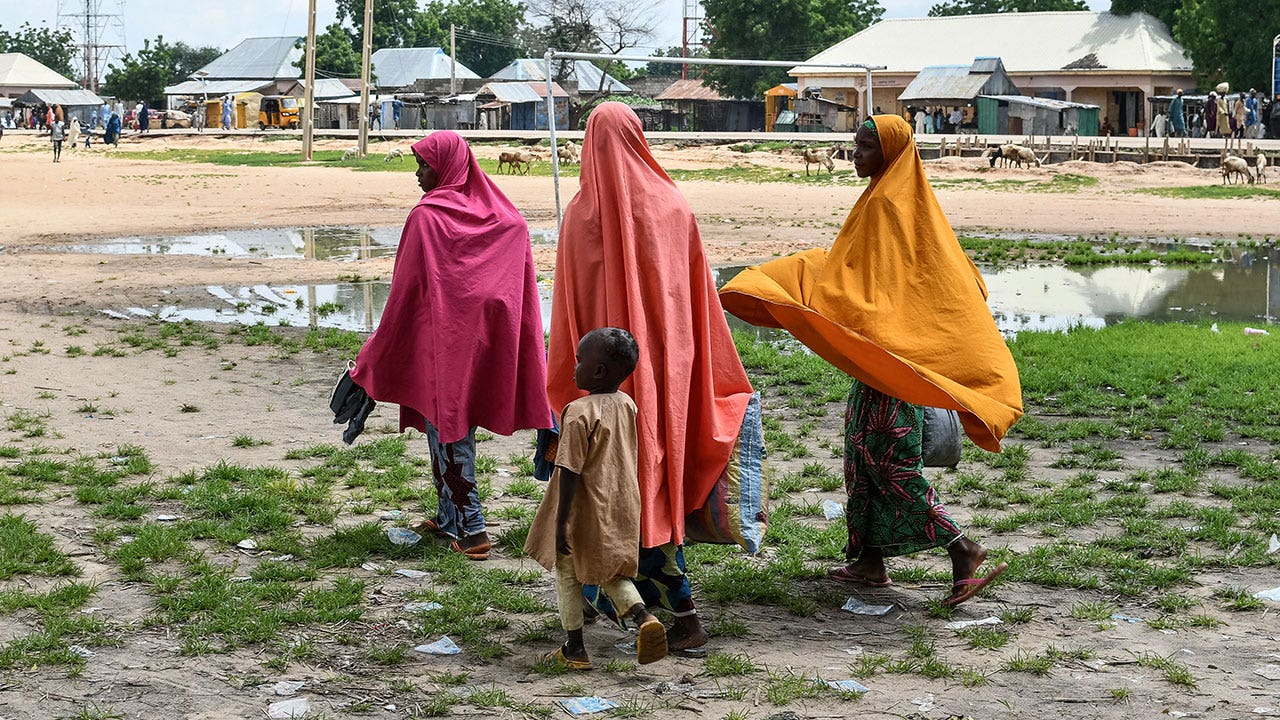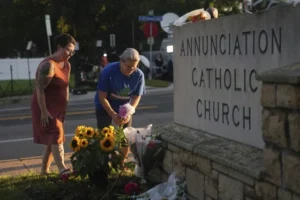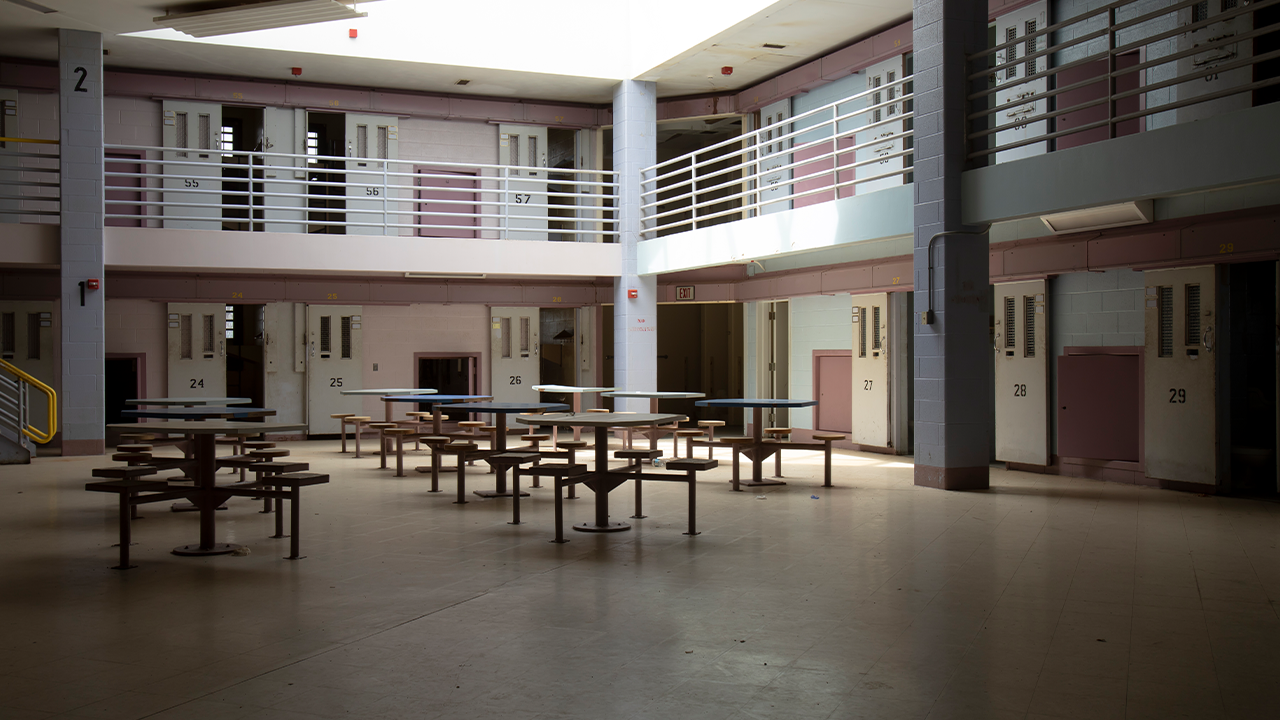In the year after the Japanese attack on Pearl Harbor, separate regional wars in Europe and Asia became a world war that engulfed hundreds of millions of people in conflicts spanning the globe. The year witnessed the Axis alliance at the height of its power, as well as significant Allied victories that would pave the way for the liberation of captive peoples within three blood-drenched years. This was also the year when the Nazis operationalized the Final Solution, condemning millions to be murdered in death camps in Poland and in less structured ways elsewhere. Before 1942, the United States was an economic behemoth but militarily weak; by the end of the year, America had taken huge strides toward becoming a superpower in every sense of the term, with Ford Motor Company alone outproducing the entire nation of Italy. In 1942, Peter Fritzsche, professor of history at the University of Illinois Urbana-Champaign and a noted authority on Hitler, National Socialism, and the Third Reich, surveys the changes wrought by this formative year in World War II.
Warfare became truly global in 1942, opening the door to wars between and among peoples. Pearl Harbor ended the power of the isolationist America First Committee, but not the vicious brand of Jim Crow racism that prevented many black and Japanese Americans from volunteering for service in the armed forces or filling many of the millions of wartime jobs that definitively ended the Great Depression. In Tokyo, Japanese citizens celebrated a run of victories that promised an “Asia for Asians,” little knowing that in less than four years every city in their country would lie in ashes. After first locating Hawaii on a map, Hitler decided to declare war against the United States, the next step in his twisted worldview to the destruction of the Jews in Europe and beyond.
Total war—a war of absolutes in moral as well as physical terms—engulfed civilians and soldiers alike in its fiery grip. The first thousand-bomber raid against Cologne destroyed upwards of 15,000 buildings and left 45,000 people homeless. The war in 1942 had all the drama of Tolstoy’s War and Peace, which, as Fritzsche reminds us, became a bestseller once again that year. But Tolstoy did not have to reckon with the slaughter of millions of Jews and Soviet prisoners of war, or anything beyond the dusty, then muddy, and finally frozen road from Warsaw to Moscow.
The fall of Singapore in February 1942 marked not just the greatest defeat in British military history, but the beginning of the end of Western empires across the globe. Japanese military success in the first months of that year exposed as fiction the supposed divine right of the West to rule the world. As a hundred thousand Commonwealth soldiers entered captivity, Asians and Africans took notice. Japan’s Greater East Asia Co-Prosperity Sphere was even more abusive than British, French, American, and Dutch colonialism, but the war marked the end of Asiatic acquiescence to foreign domination of their lands. Fritzsche discusses at length the impact of the war on India and South Africa as representative entities of what would come to be known during the Cold War as the Third World. In his view, 1942 marked the birth of the Global South.
Fritzsche examines not just the motivations of the soldiers, sailors, airmen, and Marines who fought the war, but the experience of civilians who endured bombing and famine and concentration camps, the refugees who numbered around 100 million by the end of the conflict, and the resistance fighters who opposed Axis and colonial authorities alike. This is not an alternative history of the war, but rather one that exposes groups often overlooked by more traditional narratives. It omits significant chunks of the fighting in 1942, such as in the Bataan Peninsula and on Corregidor Island, during the German airborne invasion of Crete, and in New Guinea at Buna and Gona, which barely rate a mention in the narrative if they are mentioned at all.
But Fritzsche does not intend 1942 to be a military history of that year. It is, rather, an examination of the people caught up in the maelstrom of war. The discussion of how tens of thousands of Japanese Americans shamefully came to be interned on the basis of racism and hearsay, for instance, is heartbreaking. In 1942 Americans couldn’t defeat the real enemy overseas, so they aimed their wrath at imaginary demons at home. In many parts of the world, including in the United States and the British Empire, the fight for freedom abroad was also a fight for freedom at home.
The most intense fighting in 1942 was on the Eastern Front, where the German summer offensive ran headlong into dogged Soviet resistance in Stalingrad, and the German Sixth Army was surrounded (and then annihilated) by Soviet forces led by General Georgy Zhukov. Erwin Rommel’s Panzerarmee Afrika took Tobruk in June and advanced into Egypt, only to be stopped and then defeated by the British Eighth Army at El Alamein. Counteroffensives in the Pacific at Guadalcanal and Buna from August to December and the invasion of North Africa during Operation Torch in November put the Axis on the strategic defensive for the remainder of the war.
Fritzsche covers most of these battles as well as the war in the air and at sea, but overlooks other critical aspects of the war, such as Ultra intelligence that exposed the Japanese plan to invade Midway, enabled aircraft and submarines operating out of Malta to choke German supply lines in the Mediterranean, and allowed Allied convoys to evade German wolf packs in the Atlantic. A few errors inevitably creep into the manuscript: Midway was not the biggest sea battle in the war; that title belongs to the Battle of Leyte Gulf, the death knell of the Imperial Japanese Navy in 1944. By then, the Japanese had lost the bulk of their carrier aviation, destroyed in the Battle of the Philippine Sea the previous June, which the author also omits in his discussion of the naval war in the Pacific after the slugging matches of the Solomons campaign.
1942 is a work of synthesis, relying on contemporary newspaper and magazine articles, letters, diary entries, memoirs, and secondary sources to tell the story of this crucial middle year in World War II. Fritzsche writes for the educated lay reader, but one who already has some knowledge of the events he describes, especially since the book lacks maps that would help to make sense of the many battles and locations mentioned. It is not a comprehensive military history, but rather an examination of the depth and complexity of the mid-point of World War II, when the world entered a period of total war that would engulf entire nations. In that regard, Fritzsche succeeds in portraying 1942 as a critical inflection point in the history of the 20th century.
1942: When World War II Engulfed the Globe
by Peter Fritzsche
Basic, 554 pp., $35
Peter Mansoor is a retired U.S. Army colonel, the General Raymond E. Mason Jr. Chair in Military History at Ohio State University, and author of Redemption: MacArthur and the Campaign for the Philippines (Cambridge University Press, August 2025).
Read the full article here







